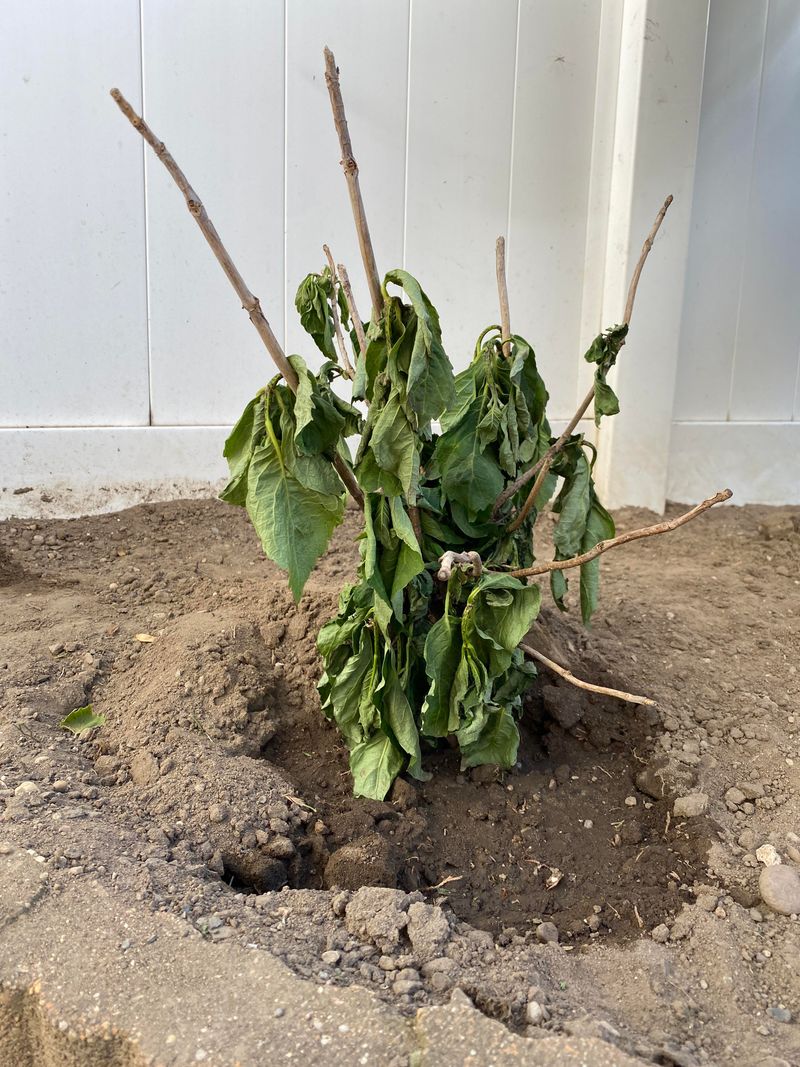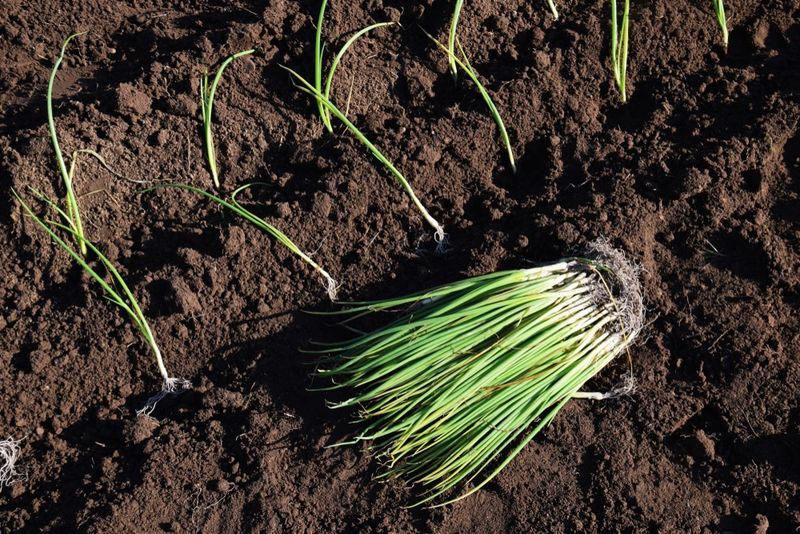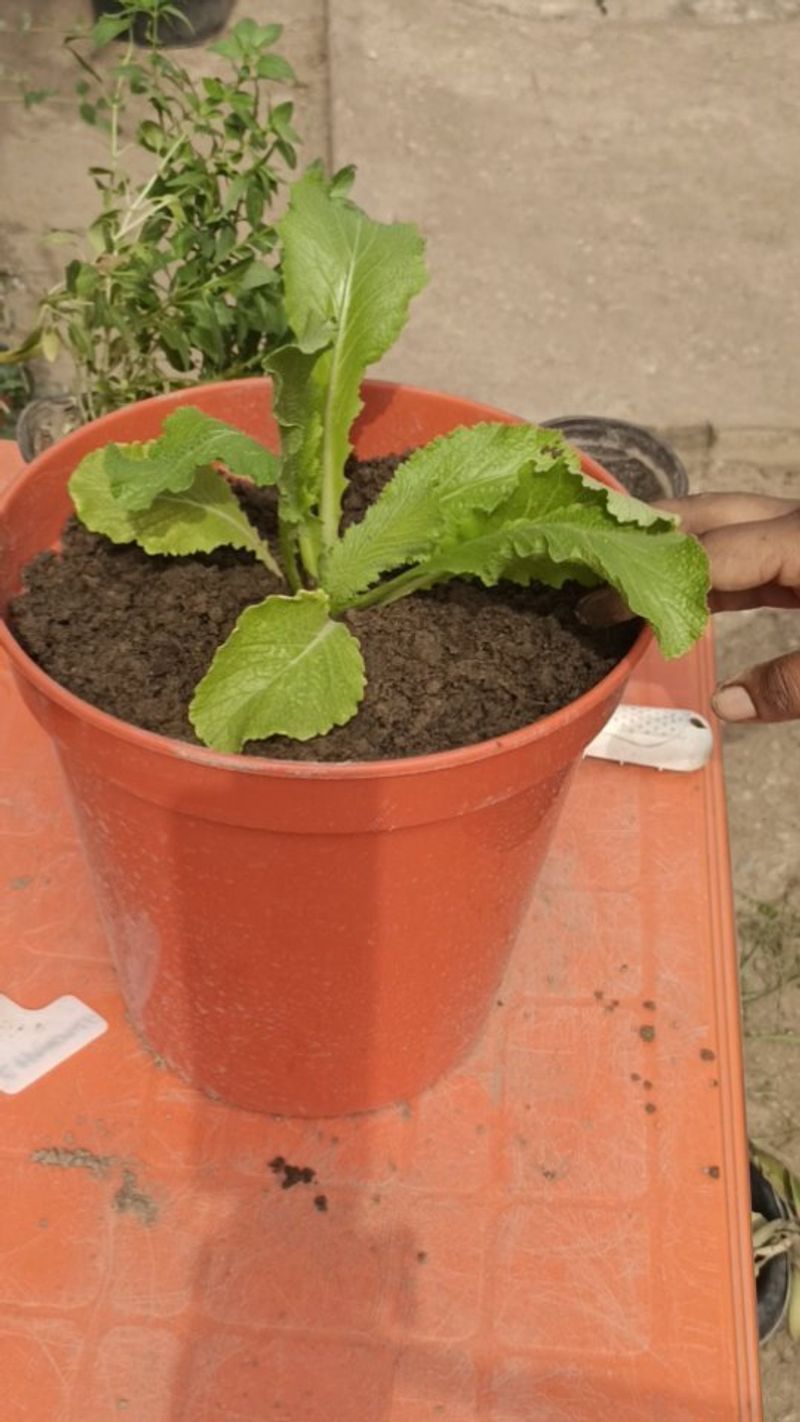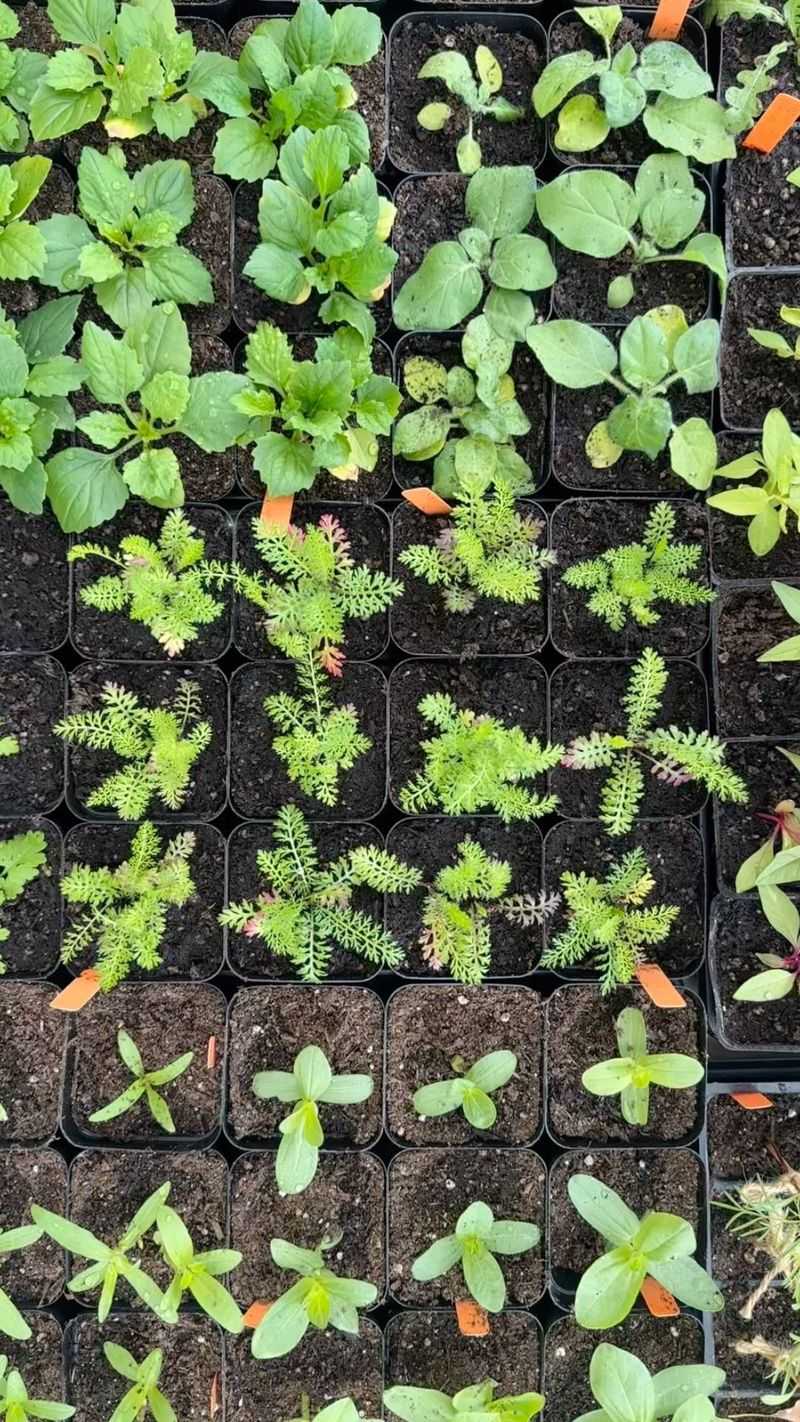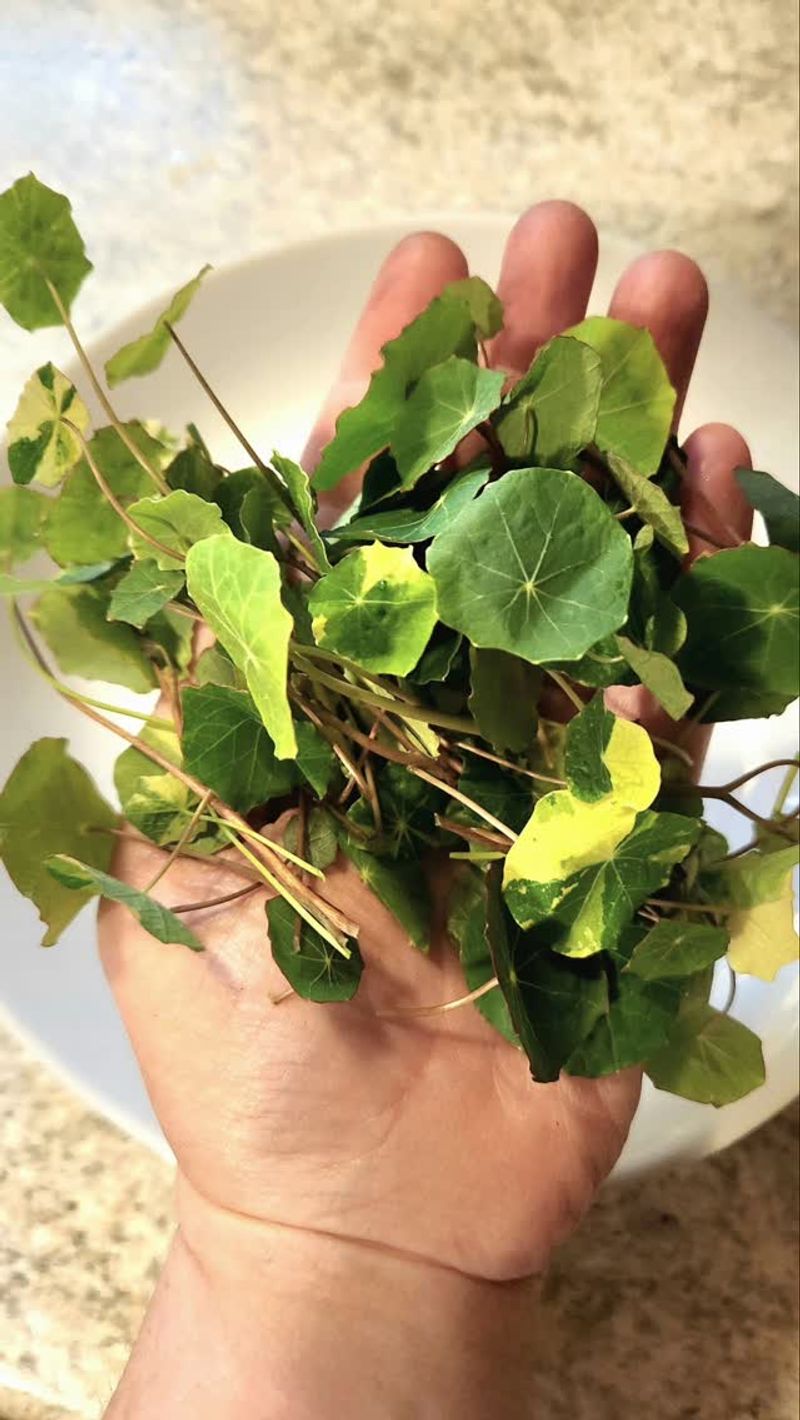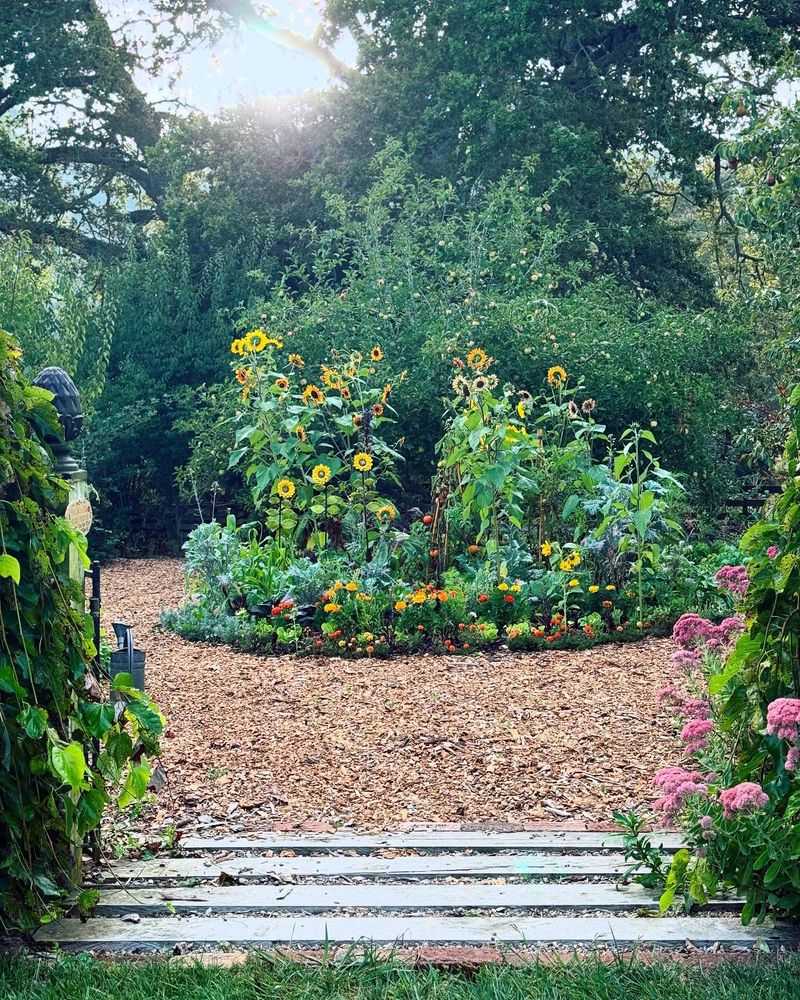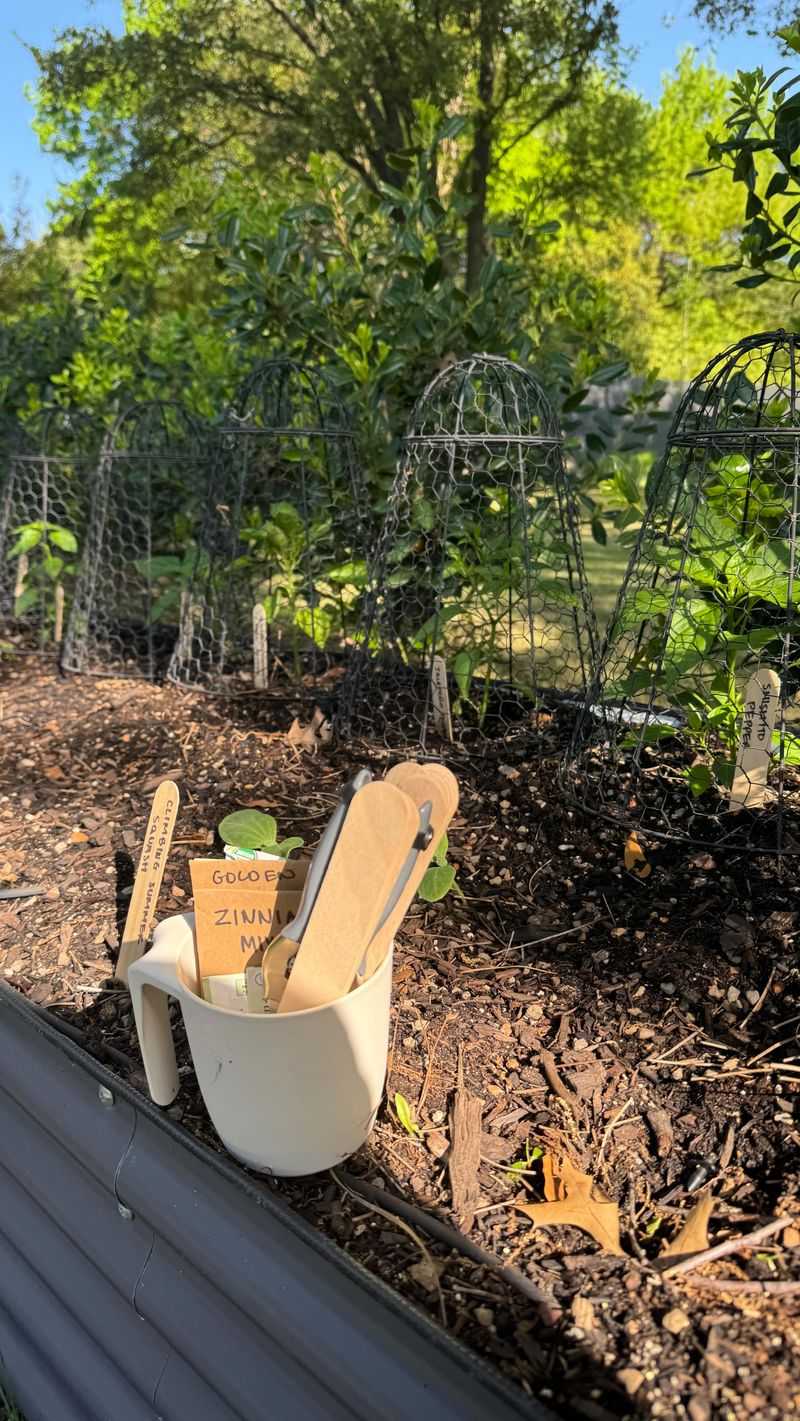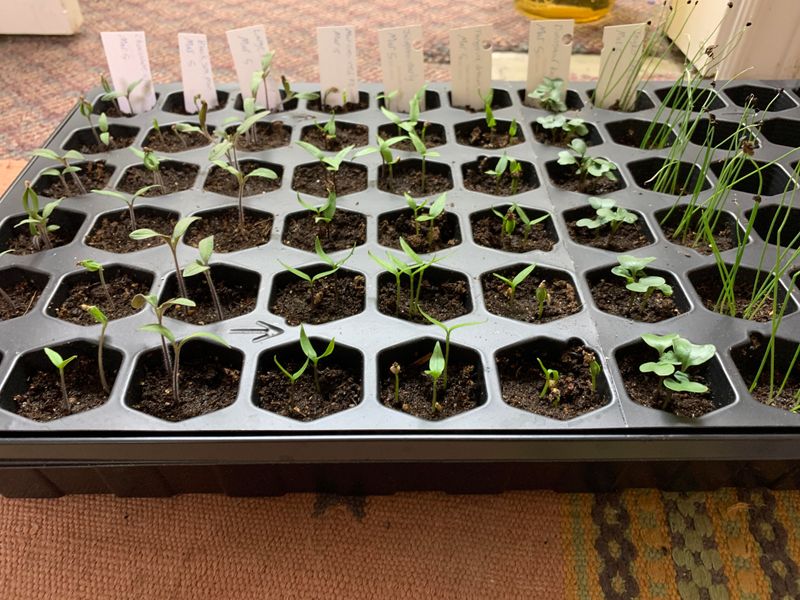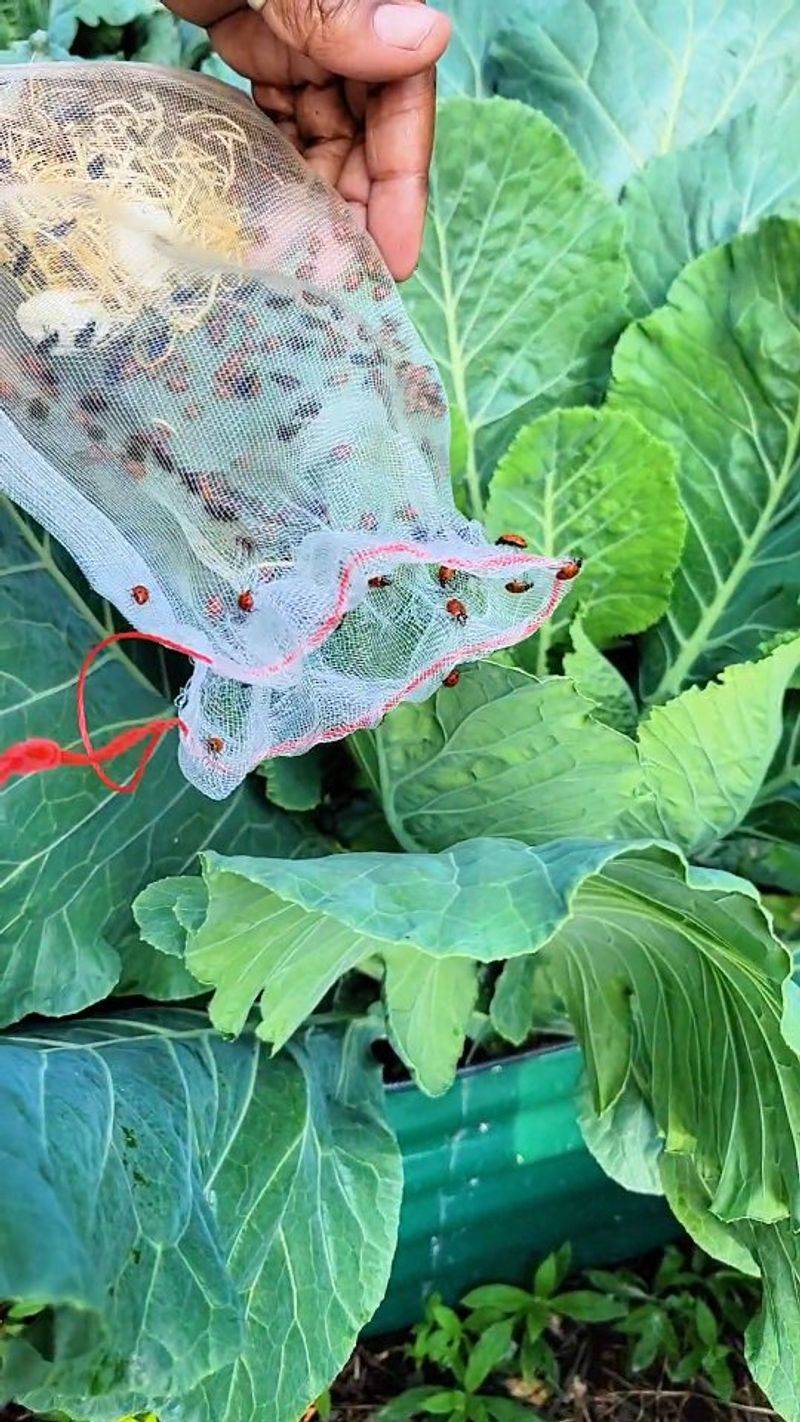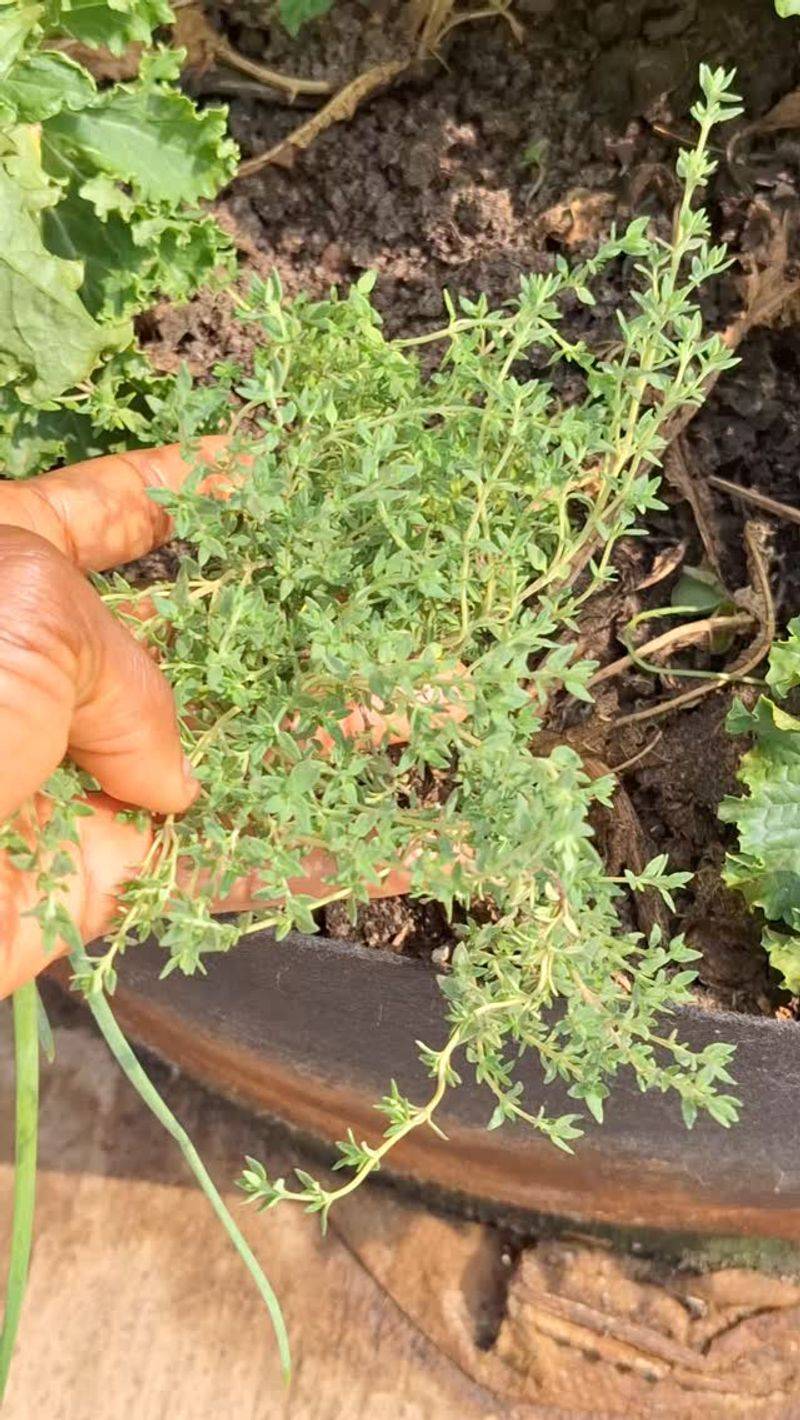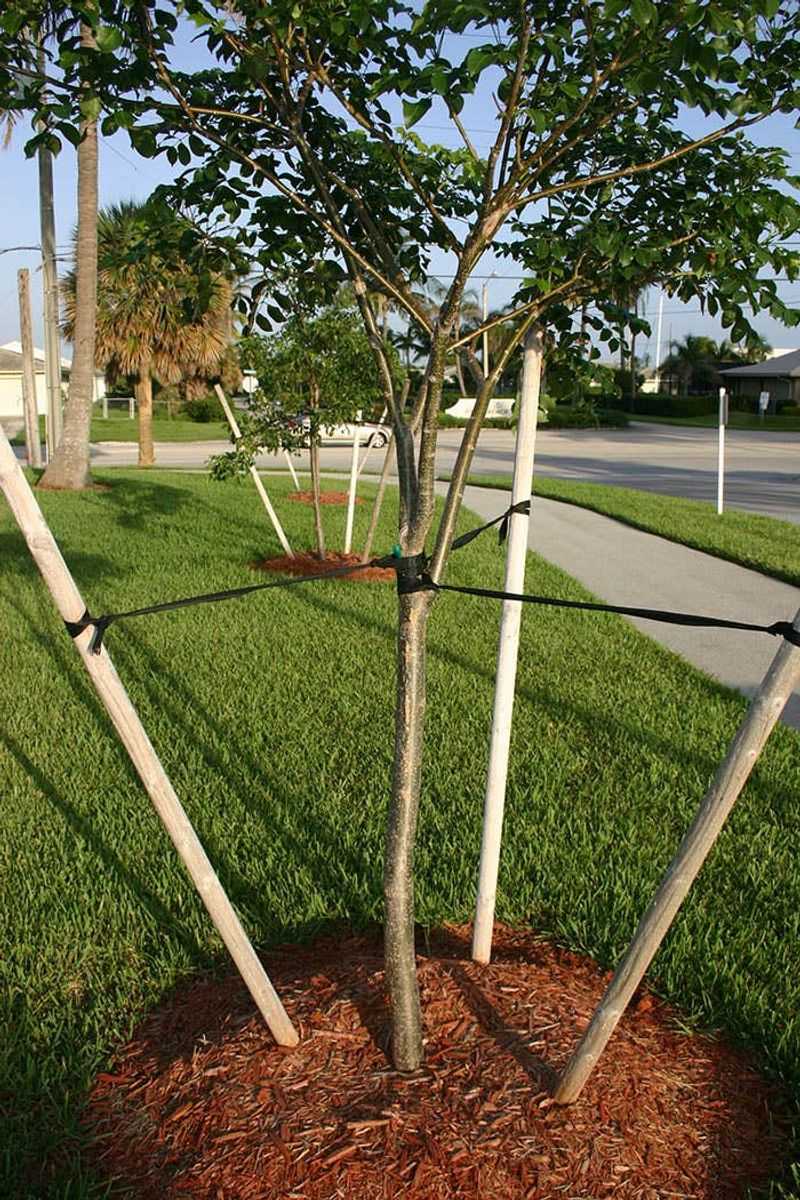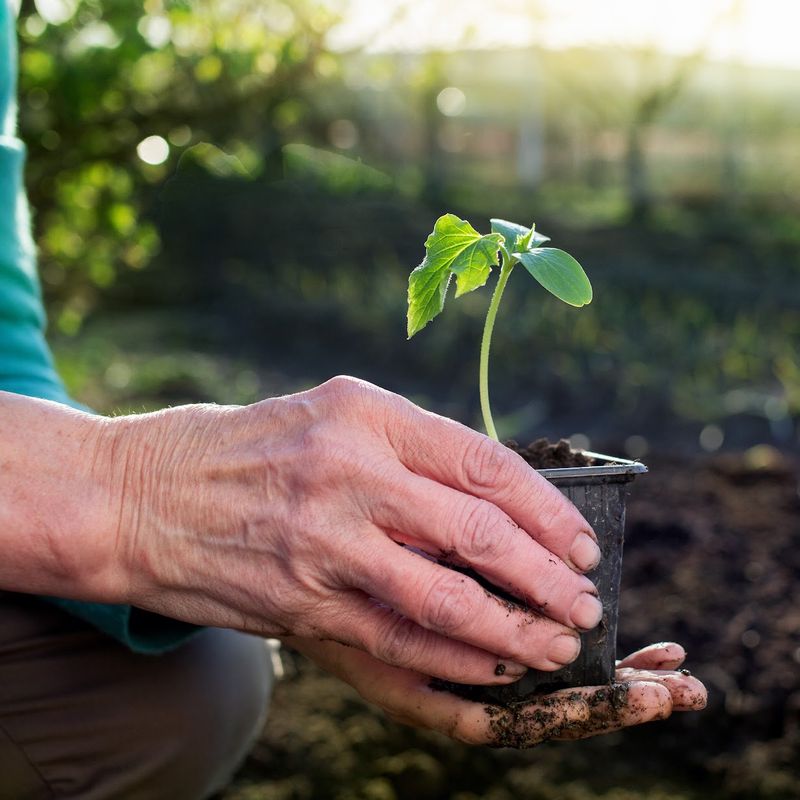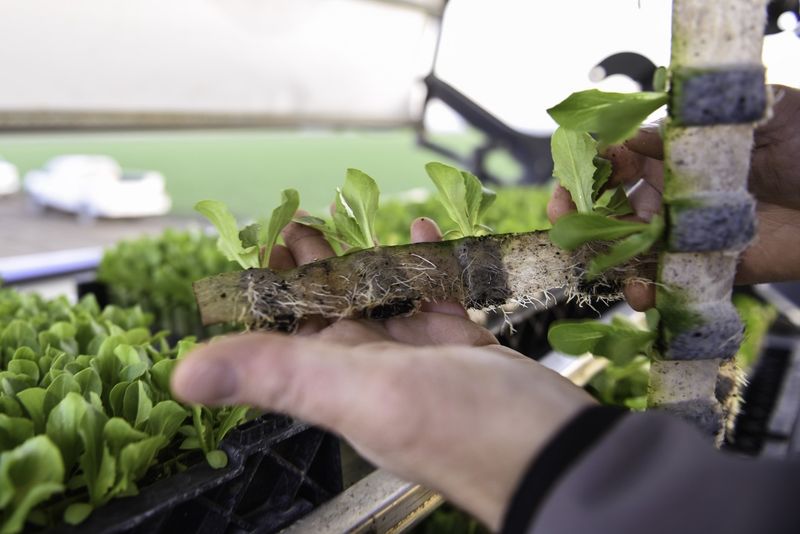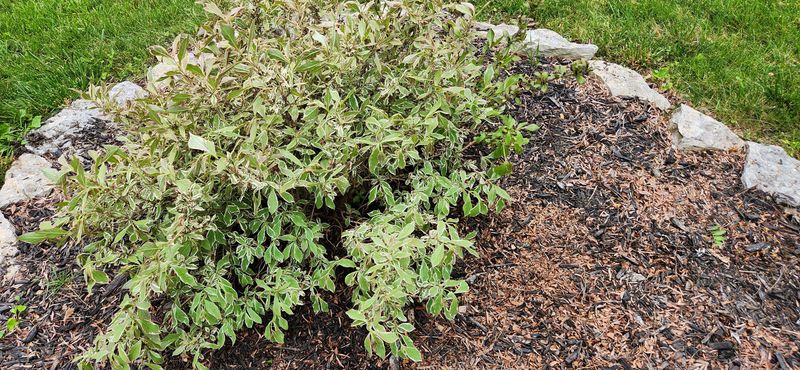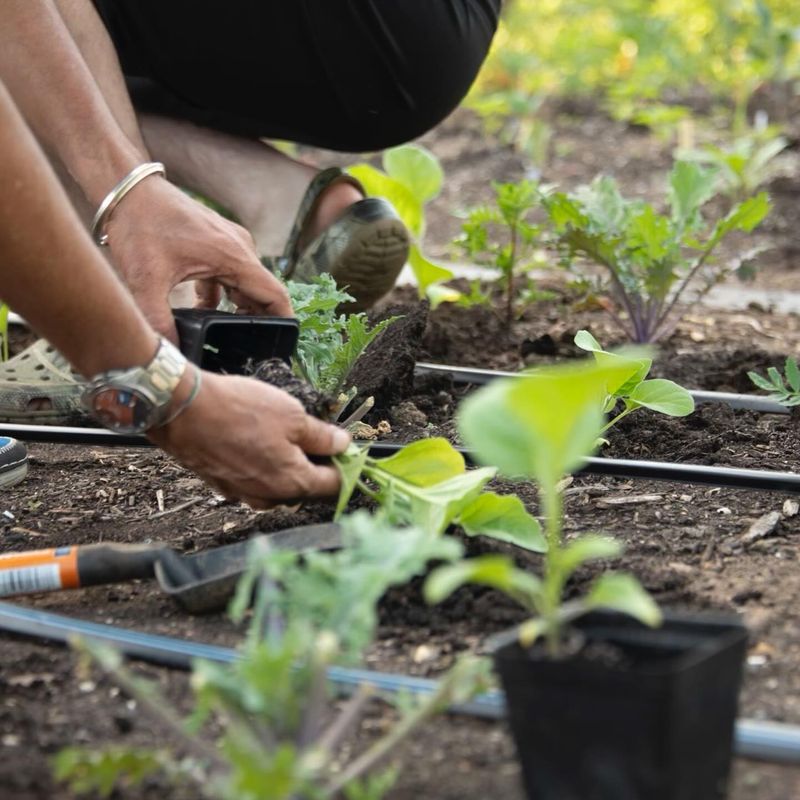Transplant shock is a common problem that occurs when plants are moved from one location to another, causing stress and potential damage. Understanding how to minimize transplant shock is crucial for healthy plant growth. Let’s explore 16 effective ways to help plants adjust smoothly to their new homes.
1. Choose the Right Time
Timing is everything when it comes to transplanting plants. Most plants prefer to be moved during cooler parts of the day, such as early morning or late afternoon.
This helps reduce water loss and stress. Cooler temperatures allow the plant to settle in without the harsh midday sun. If possible, choose a calm day to avoid wind damage.
By selecting the right time, you give your plants a better chance to thrive in their new environment.
2. Prepare the Soil
Healthy soil is the foundation for any successful transplant. Before moving your plants, make sure the soil is well-prepared. Loosen the soil and remove any weeds or debris.
Adding organic matter, such as compost, can improve soil structure and provide nutrients. This creates a welcoming environment for the roots.
Well-prepared soil ensures that the plant can establish itself quickly and access the nutrients it needs.
3. Water Thoroughly Before Moving
Hydration is essential for plants about to be transplanted. Watering thoroughly before moving helps ensure the plant’s root ball stays intact. A well-hydrated plant is less likely to experience shock.
Make sure the soil is moist but not soggy. This simple step can make a big difference in helping plants transition smoothly.
Keep the roots hydrated to support healthy growth and minimize stress during the move.
4. Handle with Care
Gentle handling is key to minimizing damage during transplanting. Carefully lift the plant and keep the root ball intact. Avoid pulling on the stems or leaves, which can cause breakage.
Supporting the roots helps maintain their structure, reducing stress. By handling with care, you increase the plant’s chances of thriving after the move.
Remember, a gentle touch goes a long way in preserving plant health.
5. Acclimate Gradually
Gradual acclimation helps plants adjust to new conditions. Introduce them to their new environment slowly. Start by placing them in a shaded area before moving them to direct sunlight.
This helps the plant adapt without sudden shock. Gradual exposure minimizes stress and allows the plant to thrive in its new location.
By taking it slow, you give your plants the best chance of success.
6. Trim Back Excess Foliage
Trimming back excess foliage reduces stress on the plant. By cutting back some leaves, the plant can focus on root growth rather than maintaining all its leaves.
This is especially helpful if the roots were damaged during transplanting. A little pruning can go a long way in helping plants recover.
Overall, this step helps the plant conserve energy and promotes healthy growth in its new home.
7. Mulch Around the Base
Mulching is an effective way to retain moisture and regulate soil temperature. Applying a layer of mulch around the base of the plant helps keep the soil cool and moist.
This reduces stress and provides a stable environment for the roots. Mulch also prevents weed growth, giving the plant space to thrive.
By mulching, you create a protective barrier that supports healthy plant growth and minimizes shock.
8. Provide Shade Protection
Shade protection is crucial for newly transplanted plants. Direct sunlight can be harsh and cause stress. Providing temporary shade helps the plant adjust gradually.
You can use a shade cloth or even nearby plants to offer protection. This allows the plant to acclimate without being overwhelmed by sunlight.
Shade protection is a simple yet effective way to ease the transition for your plants.
9. Avoid Fertilizing Immediately
Hold off on fertilizing newly transplanted plants. Fertilizers can be too strong for stressed plants and may cause more harm than good.
Allow the plant to settle and establish roots before introducing fertilizers. Giving them time to adjust ensures they can absorb nutrients properly later.
Postpone fertilizing to give your plants the best start in their new environment. Patience is key to a successful transplant.
10. Monitor for Pests
Keep an eye out for pests that may target stressed plants. Transplanted plants are more vulnerable to pests, so regular monitoring is essential.
Check leaves and stems for signs of insects or disease. Early detection allows for quick intervention and treatment.
Keeping plants pest-free supports their recovery and growth. Vigilance is important to ensure your plants thrive in their new surroundings.
11. Ensure Proper Drainage
Good drainage is vital for plant health. Make sure the new planting site or pot has adequate drainage to prevent waterlogging.
Excess water can lead to root rot, a common problem for stressed plants. Check that the soil drains well and adjust if necessary.
Proper drainage helps maintain a healthy balance of moisture, supporting the plant’s recovery. It’s a crucial step in minimizing transplant shock.
12. Stabilize with Stakes if Needed
For taller plants and trees, staking can provide stability. Newly transplanted plants may need extra support to stay upright. Stakes help prevent damage from wind or heavy rain.
Ensure ties are loose to avoid cutting into stems. Stabilizing with stakes protects the plant as it establishes roots.
This added support is especially helpful during the initial recovery phase.
13. Keep an Eye on Moisture Levels
Monitoring soil moisture helps ensure plants have the right conditions for growth. Use a moisture meter to check if the soil is too dry or too wet.
Adjust watering accordingly to maintain optimal moisture levels. Consistent care supports healthy root development.
By keeping an eye on moisture, you help your plants adapt and thrive in their new setting. Proper watering is key to minimizing stress.
14. Avoid Disturbing the Roots
Disturbing the roots can cause shock and hinder recovery. When transplanting, handle the plant carefully and avoid breaking or disturbing the root ball.
Keeping roots intact ensures they can establish themselves in the new location. This is crucial for the plant’s overall health and growth.
Protecting the roots minimizes shock and helps the plant settle quickly. Handle with care for successful transplantation.
15. Apply a Root Stimulator
Root stimulators can aid in the recovery process after transplanting. These solutions encourage root growth and help plants establish themselves more quickly.
Follow instructions on the product for best results. Using a root stimulator supports healthy development and enhances the plant’s ability to absorb nutrients.
This extra boost can make a noticeable difference in minimizing shock and promoting growth.
16. Practice Patience
Patience is an essential part of successful plant transplantation. Plants need time to adjust to their new environment. While it may be tempting to intervene, giving them space to adapt is crucial.
Monitor their progress and provide care as needed, but remember that growth takes time. Practicing patience allows plants to recover and thrive. Trust the process and enjoy watching your garden flourish.


